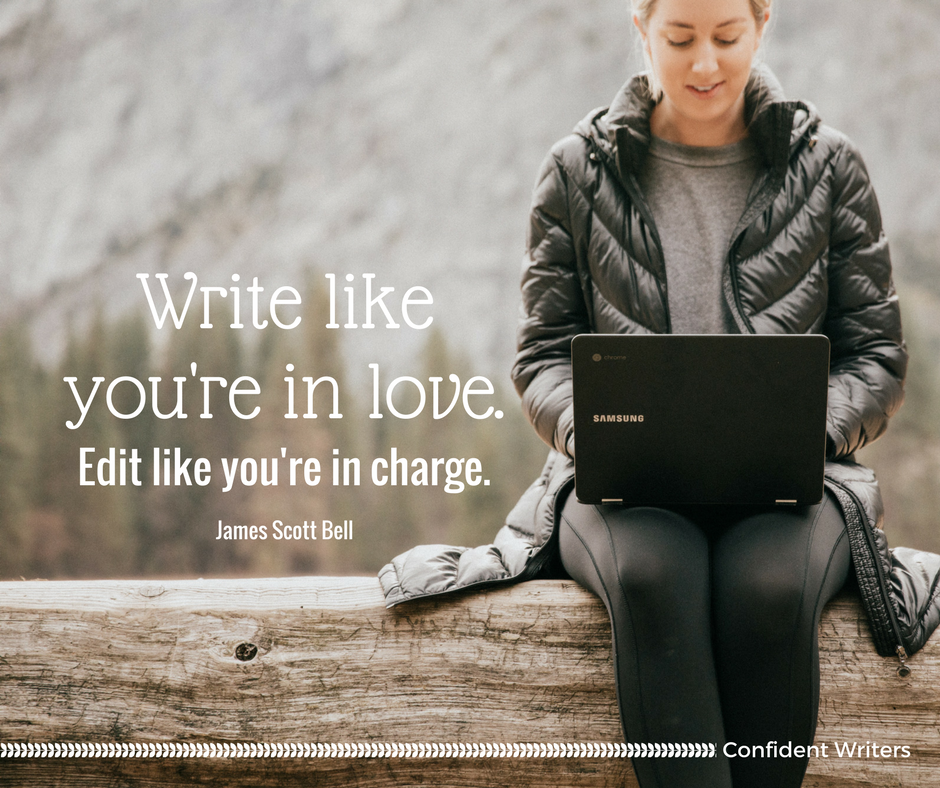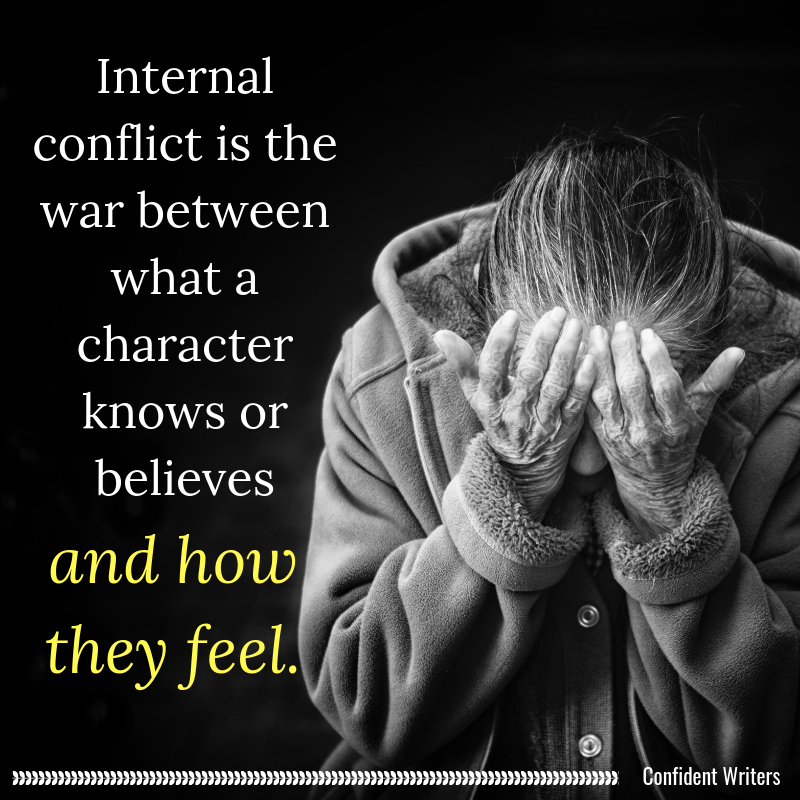
There are times in a manuscript where your characters engage in a longer dialogue exchange. Ideally, those dialogue passages are where important information is revealed for readers. In deep point of view, we want to avoid using dialogue tags (he said, she said) but additionally we don’t want readers to lose track of who’s talking, where the characters are (setting: time and place), or how the POVC (point of view character) feels as the dialogue is happening.
How do you keep long dialogue passages interesting even if there’s no action?
Tags vs Beats vs Stage Directions
We want to avoid dialogue tags in deep point of view and instead use beats (bits of action) to attribute speech. More advanced writers will look to up their game from simply using stage directions to using meaningful beats that move the story forward.
Even the best dialogue can fall flat without effective beats weaving in character thoughts, feelings and/or backstory. Beats can:
- help vary the pace
- keep the characters alive in our readers’ minds – prevents longer dialogue passages from becoming just talking heads to our readers
- attributes dialogue
- and identifies the POVC in any scene.
Body Language And Beats
Good beats let the reader in on how the POVC feels about the conversation through body language. Is the character fidgeting while talking, picking at their nails, avoiding eye contact, bouncing their knee, scribbling or doodling instead of taking notes, or plucking at a loose thread? What are they doing with their body that would reveal how they feel or what they’re really thinking? What can the POVC observe and assume about the people they’re talking to?
If they’re not face-to-face with the person they’re talking to, what are they doing that the other person can’t see?
Tone of voice is one element that’s often under-used in these situations. Does their voice get softer or quieter (not the same thing), louder, do they emphasize a certain word or phrase, mumble, begin to talk faster, do they make any noises that would signal delight or frustration?
Whatever emotion they’re feeling as the dialogue progresses, what are they feeling and how does that emotion affect their voice? Someone who’s increasingly upset will grow more tense, rigid, clench their stomach or their jaw — how does that change their voice? If you can really dial into that emotion and how it affects their voice or posture, you can show the reader how your character feels without having to resort to telling.

Utilizing Beats Of Other Characters
I looked at one mss for a student whose POVC was stuck in a bed–they couldn’t move. If your POVC isn’t moving or able to move while talking, is anyone else in the room talking or moving? Can you include some internal dialogue about the movements being distracting, loud, whatever? These don’t have to be long interruptions or pauses in the dialogue.
What other ambient noises could be noticed? Other patrons in a coffee shop? The clink of dishes being cleared from a table? The garbage being emptied? If your POVC isn’t distracted by these noises, could the person they’re talking to turn to notice?
“What are you talking about? I never said that.” Shawn shook his head and looked out the window instead of facing her.
“You did so.” Sherry leaned back for the server to set down their plates of spaghetti. “Now you’re mad I changed my plans because I took you at your word?”
He snorted and pushed his plate away.
“So now I’m selfish for wanting to visit my mom?”
“You’re being irrational.”
“Irrational?” The people in the booth behind Sherry got up from their table and left. “You want to see irrational?” Her voice grew sharp and shrill. “I can do irrational.”
Do you see how in this small bit of dialogue, the beats move the story ahead as much as the actual dialogue? Make every beat count. Don’t just add random action for the sake of attributing dialogue, make your beats work harder than that.
Internal Dialogue As Beats
This is always a great way to attribute dialogue, but be careful inserting thoughts where fast-paced dialogue is supposed to happen. Having “thoughty” characters in a tense action-dialogue scene can undermine the tension. Be strategic.
Someone who’s under intense emotional stress might not be able to filter their thoughts, what they think will come out their mouths. In a situation where a character needs to make quick decisions, having them pause to consider their options without consequence will belie whatever tension you’re trying to create. The internal dialogue must not slow down the pace of the scene. Quick one-word thoughts might be all that’s needed – Run!

Avoid Stage Directions
When choosing beats, try to see the scene from the POVC’s point of view. Don’t just have the character move so the reader knows who’s talking. A beat can be a physical action or gesture or it could be a snippet of internal dialogue. Here’s a snippet where stage directions are used instead of meaningful beats.
“Welcome to Found. Can I show you something?”
The man turned and shrugged. “I had to see it one last time before it goes to a new home.”
Catherne’s mouth hung open a moment. “Mr. Silas?”
“It’s just Silas.” He waved his glass at the room. “I love your gallery. You should advertise more.”
Catherine stared. He had the most beautiful green eyes. She cleared her throat. “My source said your collection was in Europe.” Her source had also told her the painting had been an impulse buy and was kept in storage.
He shrugged. “When I discovered the broker was in Boston, I had to come and visit.”
Catherine smiled. “Let me show you around.”
Let’s look at how I updated that snippet to remove the stage directions and use more meaningful beats.
His dark curls, more of a messed-on-purpose coif, framed his face like a broken halo. She’d bet good money he’d never thrown a hay-bale in his life. “Welcome to Found. Can I show you something?” His suit fit like it was tailored and it framed his physique well.
He nodded at the painting next to him. “I had to see it one last time before it went to a new home.”
Her brows shot up. “Mr. Silas?”
“It’s just Silas.” He waved his glass at the room as though dismissing her formality. “I love your gallery. You should advertise more.”
He had the most beautiful green eyes. Focus Cat! She cleared her throat. “My source said your collection was in Europe.”
“It was an impulse buy. It’s just been sitting in a warehouse, so I thought it was time to stop hoarding my collection and let others enjoy it too.” He lifted a shoulder and winked. “When I discovered the broker and buyer were in Boston, I had to come and visit.”
Heat crept into her cheeks. Was he flirting? “Let me show you around.”
Do you see any difference in terms of understanding how Catherine feels and interprets what’s going on? Now you’re not just observing the scene taking place, like someone in a movie theatre, but (hopefully) you feel like you’re more in the action. You’re seeing the story through her eyes.
Every Beat Should Move The Story Forward
What would distract the POVC or catch their eye/ear? Why does it catch their attention and what can that show readers about how they’re feeling? Are they anxious? What sorts of things would an anxious person notice or take stock of: where are the exits, who’s looming, who looks like they might be out of control, etc.
Are they afraid of being overheard? What would they do/notice to ensure privacy?
Conversely, what would someone whose heart is breaking overlook or fail to notice? Would they be easily distracted or have laser focus on whatever is destroying their world in that moment? Don’t undermine the tension and emotion in the moment to tell the reader what’s going on, because you can always have another character point out what the POVC isn’t noticing. Lower your voice! People are staring. The POVC themselves may be aware of other things going on, but pushes that awareness to the side.
Gah! I’m out of space. Listen, I’m doing a free 5 Day Deep Point Of View Challenge on Facebook staring October 22. It’ll be in a closed Facebook group. You can sign up for the waiting list here so you don’t miss out when I have all the details put together.
Do you notice an improvement when you aim for beats over stage directions? Do you prefer to use dialogue tags even when writing in deep point of view?
Been told you should learn Deep Point Of View? Had an editor or critique partner tell you to “go deeper” with the emotions in your fiction? Looking for a community of writers seeking to create emotional connections with readers? Check out the Free Resource Hub and then join the Going Deeper With Emotions In Fiction Facebook group.

